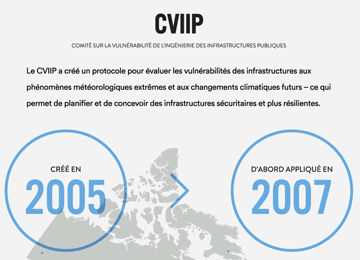
The Nanaimo Health Care Facility will be the first health care facility to use Engineers Canada’s Public Infrastructure Engineering Vulnerability Committee Protocol to assess its vulnerability to climate change impacts.

The Vancouver Island Health Authority (VIHA) has embarked on a climate vulnerability assessment of the Nanaimo Health Care Facility using the Public Infrastructure Engineering Vulnerability Committee (PIEVC) Protocol.
A project definition workshop was held at the facility on November 6, 2015, to define the structural and non-structural infrastructure components of the hospital and the climate parameters that may impact them.
David Lapp, FEC, P.Eng., Practice Lead, Engineering and Public Policy, co-facilitated the workshop with VIHA engineering staff. Participants included Nanaimo Health Care Facility engineering, operations and functional support staff as well as a representative from the Government of British Columbia’s Climate Risk Management Team that will monitor and contribute to the process. Further consultations will be held with clinical and emergency staff as well as municipal staff that provide services to the facility.
“The workshop was a highly engaging discussion amongst a diverse group of professionals who support the facility operations, maintenance and services to patients,” Lapp said.
“This is the first time the PIEVC protocol is being used to assess climate vulnerabilities for a health care facility so the excitement and engagement of all participants was outstanding.”
VIHA has signed a license agreement with Engineers Canada and intends to develop internal capacity among its engineering staff to assess all health care facilities on Vancouver Island using the Protocol. Developing a handbook that would describe the application of the Protocol to health care facilities is under discussion.
Defining the current and future climate risks and vulnerabilities of the Nanaimo Health Care Facility with the Protocol provides a concrete example to show its potential for all health care facilities across Canada.


